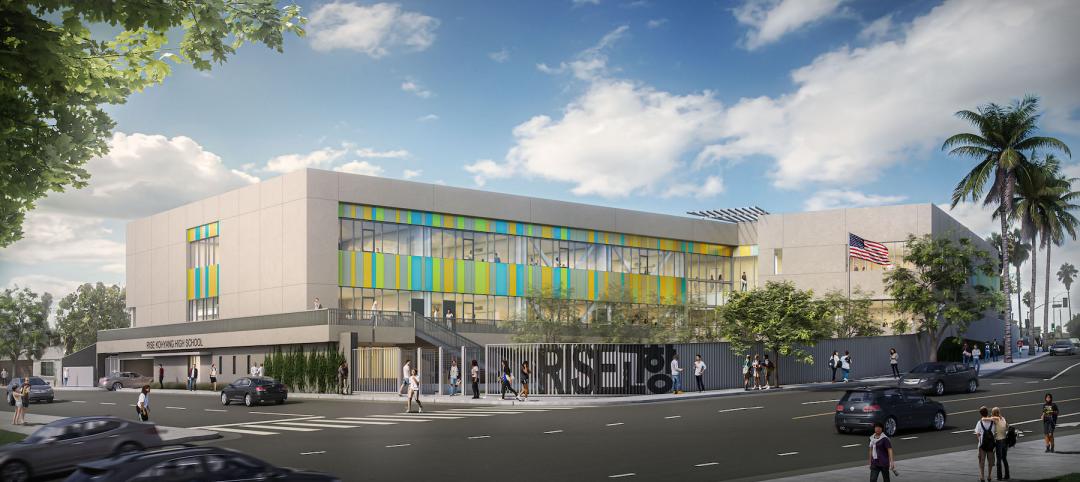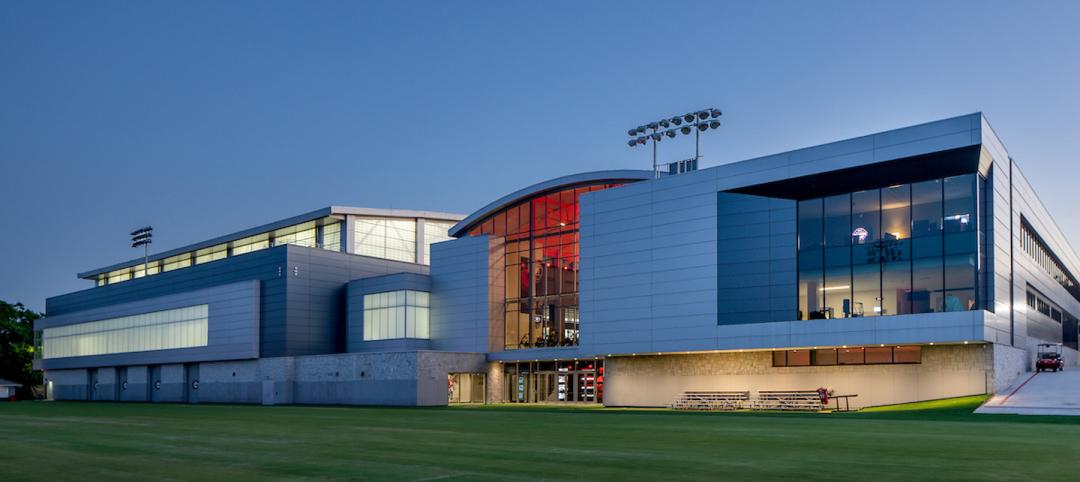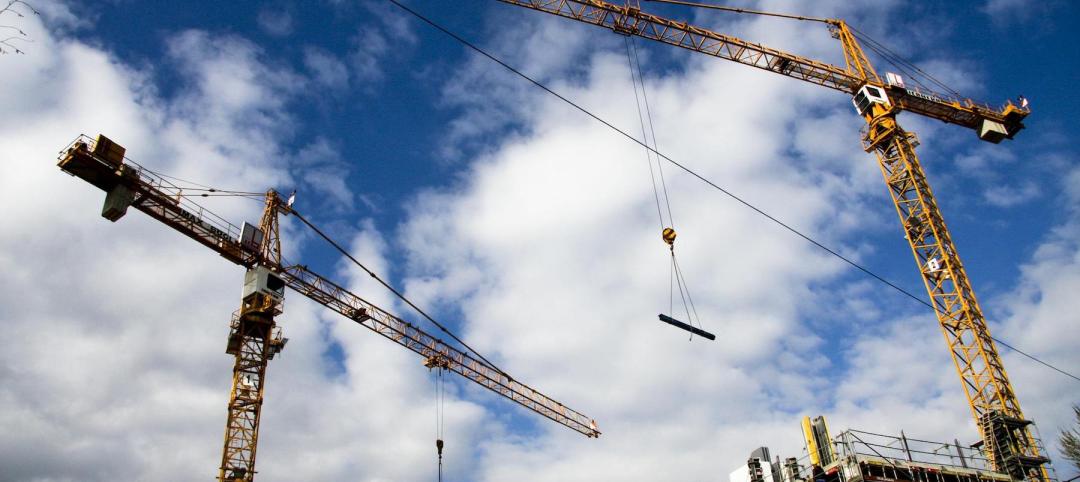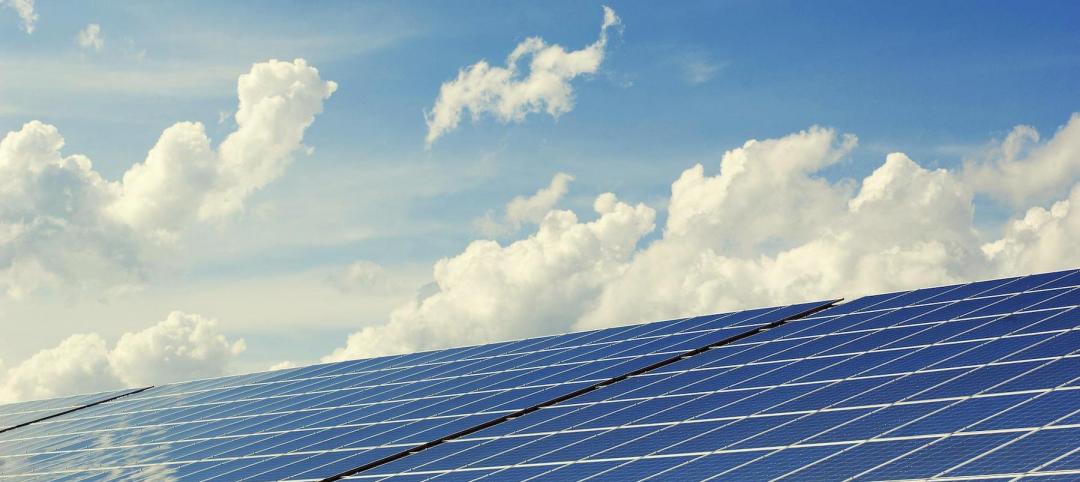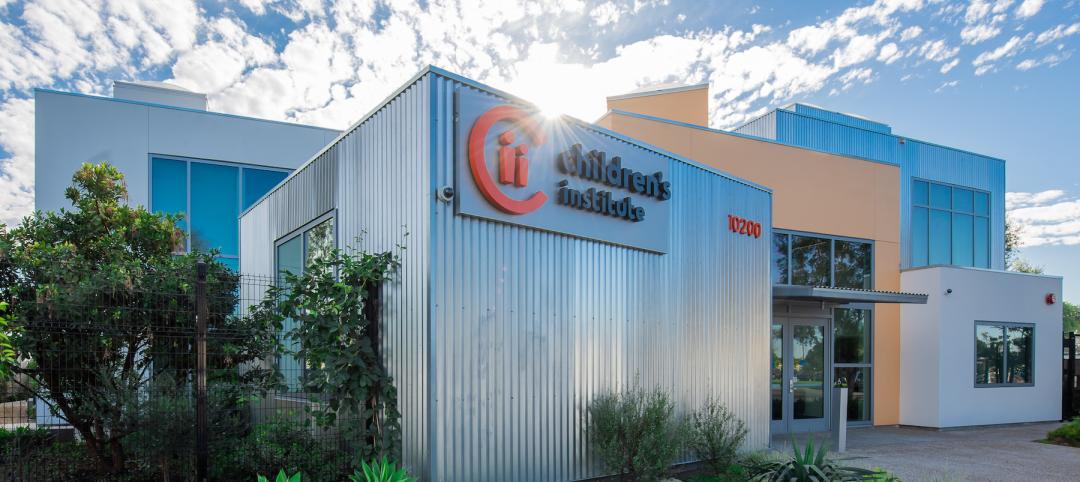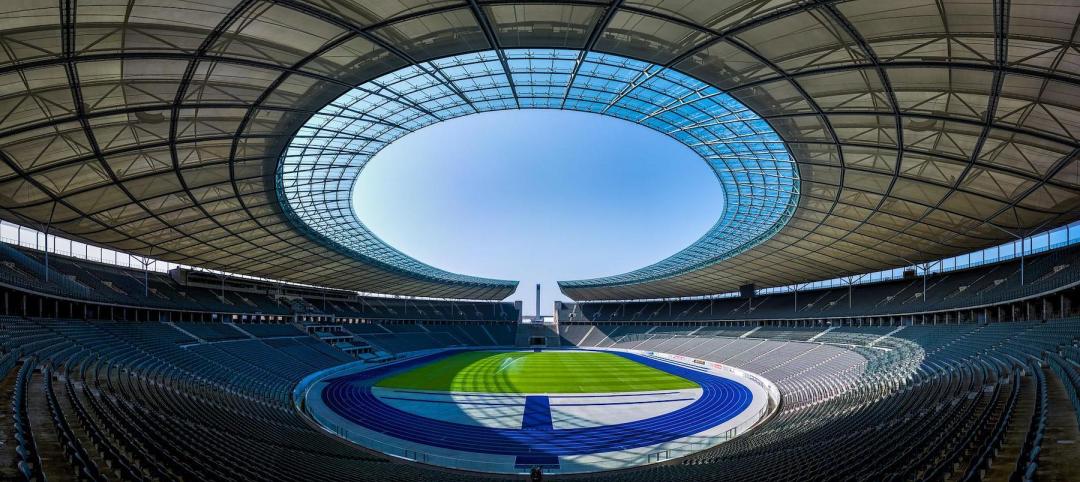Nonresidential construction spending expanded 0.4% on a monthly basis in December 2014, according to the Feb. 2 release from the U.S. Census Bureau.
Spending for the month totaled $627.1 billion on a seasonally adjusted, annualized basis, 5.9% higher than December 2013. The government also upwardly revised November's spending estimate from $617 billion to $624.8 billion and October's figure from $623 billion to $627.4 billion.
"Despite the slight expansion indicated in today's report, nonresidential construction lost some of its momentum during the final two months of 2014; however, this should represent only a minor dip in the industry's momentum headed into 2015," said Associated Builders and Contractors Chief Economist Anirban Basu. "It is possible that the past two spending reports indicate the U.S. economy is not as robust as many analysts believe but it is important to remember that 2014, as whole, was a solid year of recovery for the industry and total nonresidential construction spending was 6.6 % higher than in 2013.
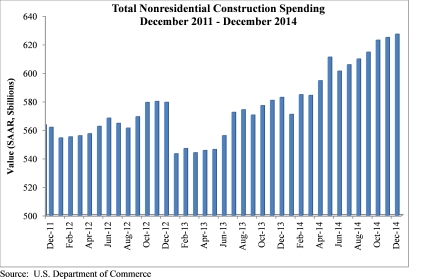
"While some may surmise that the lack of momentum in nonresidential construction spending is related to the sharp fall in oil prices, this does not appear to be the case," said Basu. "Oil-related construction categories like transportation and manufacturing have retained their momentum while categories such as public safety and education have experienced declines in spending. It is also possible that the decline simply represents noise in the data; after all, October and November's figures have been revised higher while the December estimate remains preliminary."
Seven of 16 nonresidential construction subsectors posted increases in spending in December on a monthly basis:
- Communication construction spending expanded 2.5% for the month, but is down 9.5% for the year.
- Highway and street-related construction spending grew 2.5% in December and is up 10.5% compared to the same time last year.
- Power-related construction spending grew 1% for the month, but is 8.3% lower than the same time one year ago.
- Conservation and development-related construction spending grew 1.7% for the month and is up 24% on a yearly basis.
- Office-related construction spending grew 1.7% in December and is up 17.6% from the same time one year ago.
- Manufacturing-related spending expanded by 2% in December and is up 18.1% for the year.
- Amusement and recreation-related construction spending gained 1.9% on a monthly basis and is up 11.9% from the same time last year.
Spending in nine nonresidential construction subsectors declined in December on a monthly basis:
- Healthcare-related construction spending fell 1% for the month and is down 2.1% for the year.
- Education-related construction spending fell 1.2% for the month, but is up 3.9% on a year-over-year basis.
- Spending in the water supply category fell 0.3% from November but is 10.1% lower than at the same time last year.
- Construction spending in the transportation category fell 0.2% on a monthly basis, but has expanded by 9.5% on an annual basis.
- Public safety-related construction spending fell 4% on a monthly basis and is down 9.5% on a year-over-year basis.
- Commercial construction spending lost 1.7% in December, but is up 10.7% on a year-over-year basis.
- Religious spending fell 4.1% for the month and is down 1.3% from the same time last year.
- Lodging construction spending fell 1.4% on a monthly basis, but is up 18.3% on a year-over-year basis.
- Sewage and waste disposal-related construction spending fell 2% for the month, but has grown 10.5% on a 12-month basis.
To view the previous spending report, click here.
Related Stories
School Construction | Jun 20, 2022
A charter high school breaks ground in L.A.’s Koreatown
A new charter school has broken ground in Los Angeles’ Koreatown neighborhood.
Building Team | Jun 17, 2022
Data analytics in design and construction: from confusion to clarity and the data-driven future
Data helps virtual design and construction (VDC) teams predict project risks and navigate change, which is especially vital in today’s fluctuating construction environment.
Sports and Recreational Facilities | Jun 17, 2022
U. of Georgia football facility expansion provides three floors for high-performance training
A major expansion of the University of Georgia’s football training facility has been completed.
Building Team | Jun 16, 2022
Hybrid work expected to reduce office demand by 9%
Businesses are slowly but consistently transitioning to a permanent hybrid work environment, according to a senior economist at Econometric Advisors.
Building Team | Jun 16, 2022
USGBC announces more than 23 million square feet of LEED certified net zero space
Today, the U.S. Green Building Council announced nearly 100 net zero certifications earned under the LEED Zero program, representing more than 23 million square feet of space.
AEC Business Innovation | Jun 15, 2022
Cognitive health takes center stage in the AEC industry
Two prominent architecture firms are looking to build on the industry’s knowledge base on design’s impact on building occupant health and performance with new research efforts.
Market Data | Jun 15, 2022
ABC’s construction backlog rises in May; contractor confidence falters
Associated Builders and Contractors reports today that its Construction Backlog Indicator increased to nine months in May from 8.8 months in April, according to an ABC member survey conducted May 17 to June 3. The reading is up one month from May 2021.
Codes and Standards | Jun 15, 2022
Waived tariffs on solar panels expected to boost solar power
The Biden Administration recently waived tariffs on solar panels from four countries in a move advocates say will accelerate the clean energy transition and benefit national security.
Cultural Facilities | Jun 15, 2022
Gehry-designed Children’s Institute aims to foster community outreach in L.A.’s Watts neighborhood
The Children’s Institute (CII) in Los Angeles will open a 200,000-sf campus designed by Frank Gehry this summer.
Building Team | Jun 14, 2022
Thinking beyond the stadium: the future of district development
Traditional sports and entertainment venues are fading as teams and entertainment entities strive to move toward more diversified entertainment districts.



